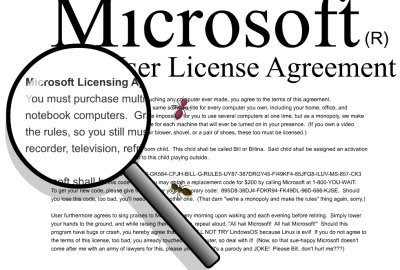Many online service providers are well aware that Microsoft’s Services Provider License Agreement (SPLA) entails a licensing framework that can be difficult to manage. SPLA may be a great model for businesses seeking to “float” their license expenditures from month to month based on usage. However, what Microsoft considers “usage” and what most companies and individuals consider “usage” can be very different. The result is that monthly SPLA-reporting obligations can be very burdensome, especially for products licensed on a per-user basis under Subscriber Access Licenses (SALs).
Fortunately, there are developers who are beginning to offer products that may help some companies to better manage and even reduce or eliminate some expenditures under SPLA. For example, relatively new to the market is a product called Winflector, which might be a candidate for service providers interested in a replacement for Windows Remote Desktop Services (RDS) SALs under SPLA. Ordinarily, a SPLA licensee must assign an RDS SAL to each user who is authorized to directly or indirectly access RDS. It is critical to note that the licensing requirement is triggered based on authorization to access RDS and not on actual usage of the service. Therefore, if a service provider with a billing model that is based on actual usage of a product incorporating RDS sets up ten accounts for a customer, the provider can run into trouble if only three of that customer’s users actually access the product in a reporting month. Since ten accounts are active, Microsoft would expect the provider to report ten SALs, even though only three users actually accessed RDS. Winflector may be a solution for service providers in that situation to consider, because, according to its developer, it does not make any use of RDS. Instead, the service provider’s application is deployed and configured on a server that is also running the Winflector server product. The customer’s users then run a Winflector client application and use that application to access the hosting server.
Of course, products like Winflector may not be good fit for all service providers. The requirement of a client-side application may be a deal-breaker, and while Winflector’s license model may be represent long-term cost savings, the product is not free and likely would represent a capital expenditure rather than an operating expense. Nevertheless, new offerings like Winflector are promising developments for many service providers. Some of Microsoft’s SPLA-licensing policies seem designed to squeeze SPLA licensees out of the hosting business and into the business of reselling Microsoft’s own hosted services. These kinds of technological options could be answers for companies seeking to continue operating under existing business models.


